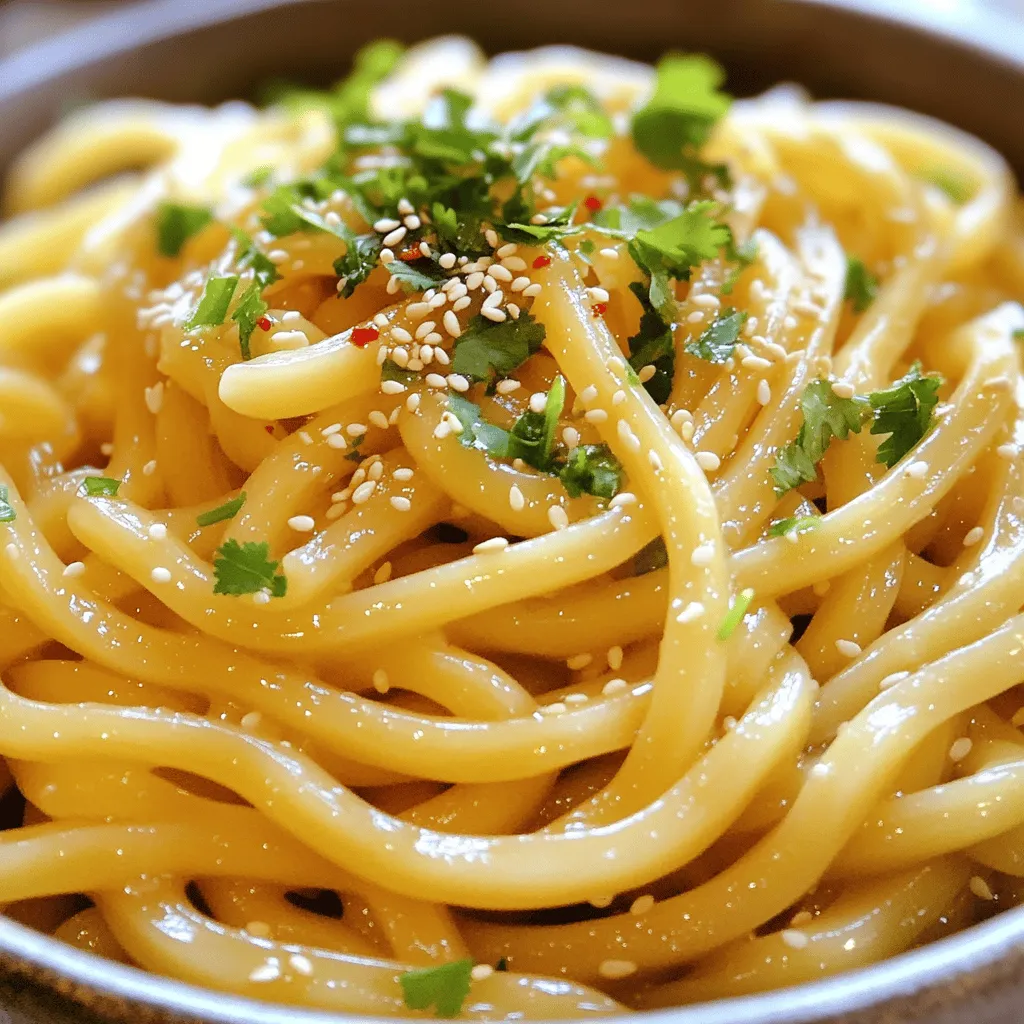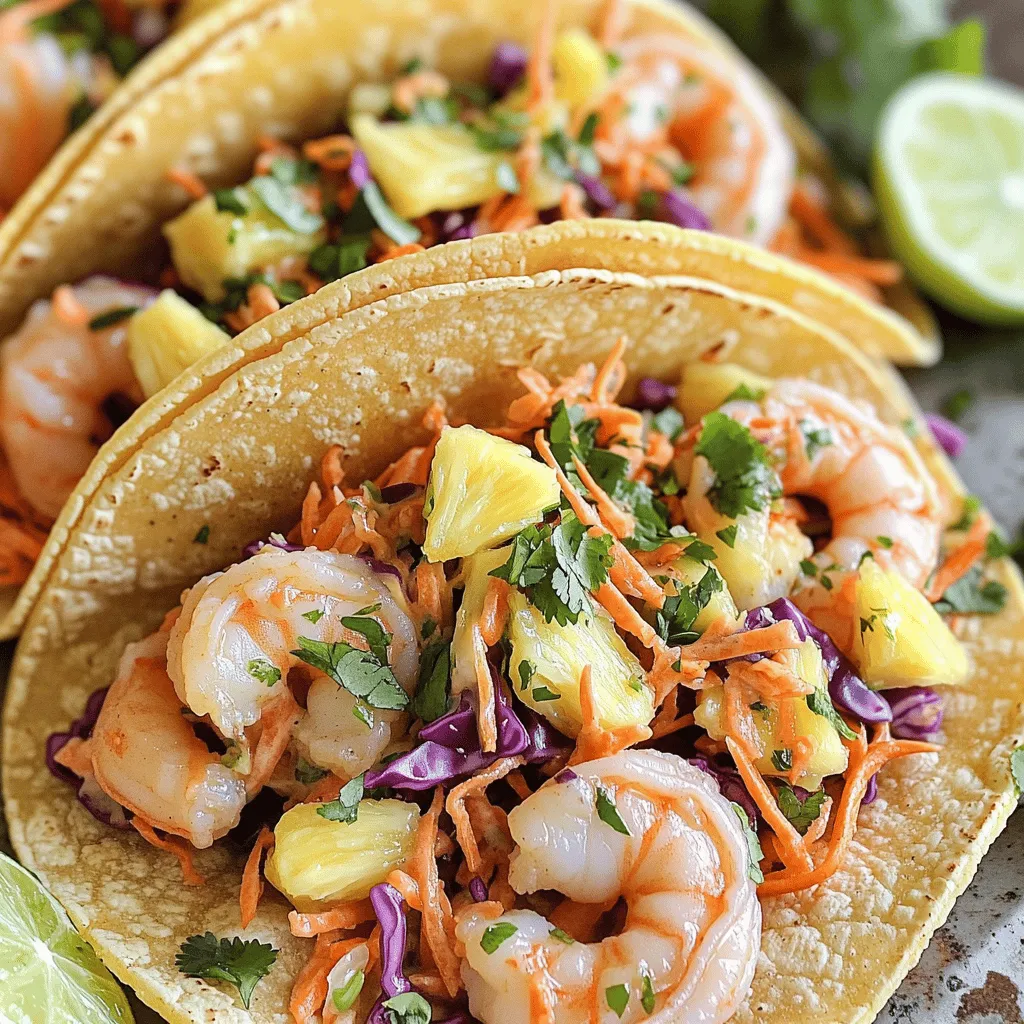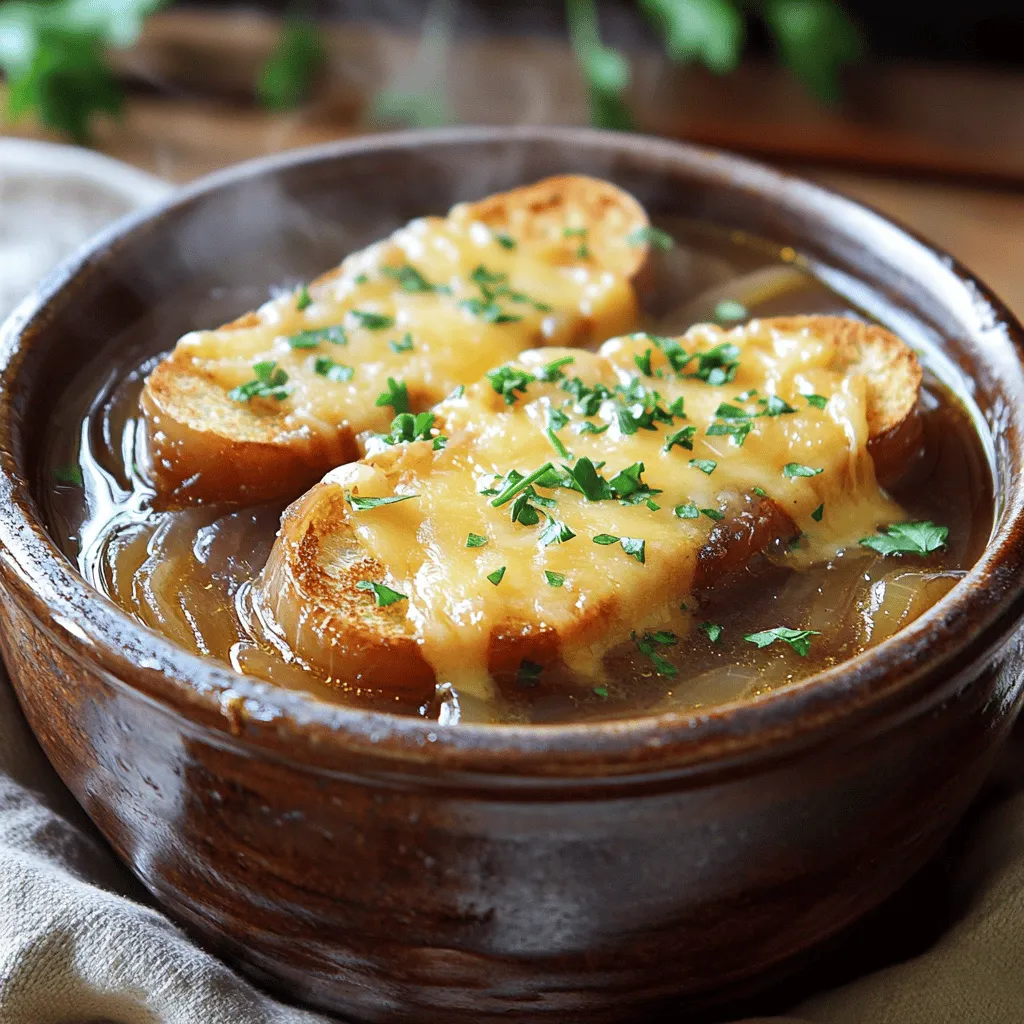Dinner

Thai Coconut Curry Ramen Rich and Flavorful Recipe
Get ready to dive into a bowl of Thai Coconut Curry Ramen that bursts with flavor! This rich and warming dish combines the best of

Spicy Garlic Butter Udon Noodles Flavorful and Simple
Craving a simple yet flavorful dish? Let me introduce you to Spicy Garlic Butter Udon Noodles! This recipe is quick to make and packed with

One-Pot Creamy Cajun Chicken & Rice Simple Delight
Welcome to my kitchen! Today, I’m excited to share a dish that’s bursting with flavor: One-Pot Creamy Cajun Chicken & Rice. This simple delight is

Roasted Red Pepper Tomato Bisque Rich and Cozy Soup
Welcome to the creamy comfort of Roasted Red Pepper Tomato Bisque. This rich soup warms you up in every way. With roasted bell peppers, fresh

Garlic Butter Shrimp Tacos with Pineapple Slaw Delight
If you crave vibrant flavors and a fun twist on tacos, you’re in for a treat! My Garlic Butter Shrimp Tacos with Pineapple Slaw Delight

Slow Cooker French Onion Soup with Gruyère Toasts Delight
Warm, cheesy, and full of flavor, Slow Cooker French Onion Soup with Gruyère Toasts is a must-try! You’ll love the easy prep and rich taste.

Honey Garlic Shrimp Fried Rice Easy and Flavorful Meal
Looking for an easy meal that bursts with flavor? Honey Garlic Shrimp Fried Rice is the answer! This dish combines sweet honey, savory garlic, and

Slow Cooker Tuscan Chicken Pasta Easy Family Meal
Are you ready to enjoy a delicious family meal that practically cooks itself? Slow Cooker Tuscan Chicken Pasta is the answer! With just a few

Sheet Pan Sweet Sour Chicken Pineapple Delight
Welcome to the delicious world of Sheet Pan Sweet Sour Chicken Pineapple Delight! If you’re craving a dish that’s easy to make and bursting with

One Pot Creamy Mushroom Pasta Quick and Simple Dish
Welcome to the world of One Pot Creamy Mushroom Pasta! This dish is quick, simple, and sure to please. Imagine a creamy, tasty meal all